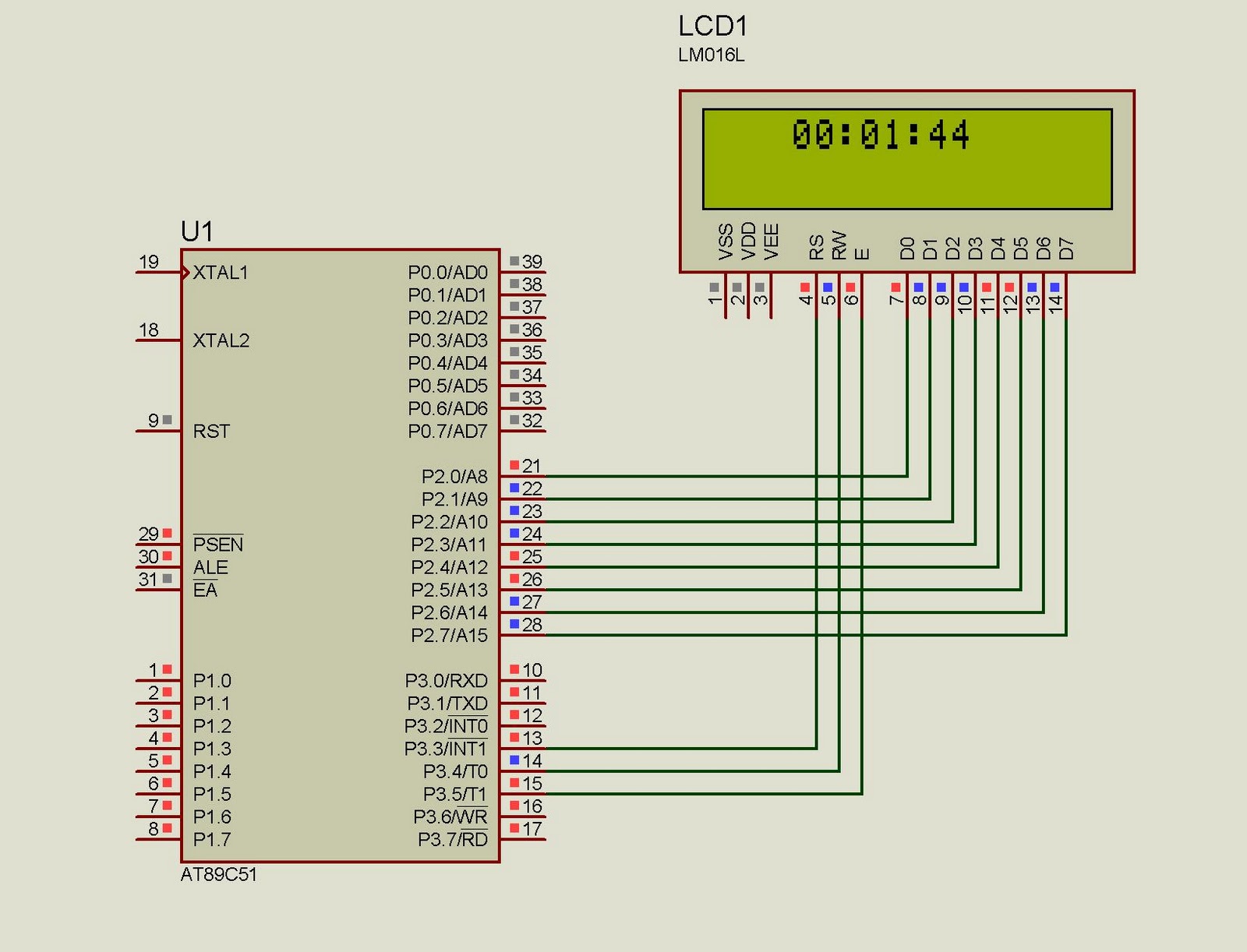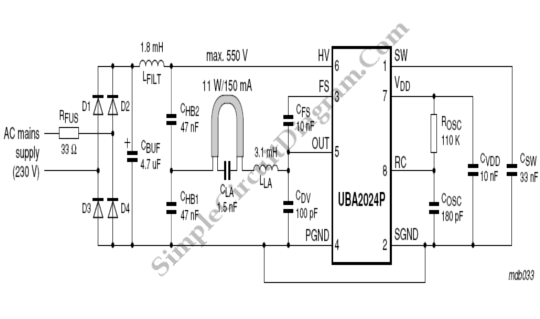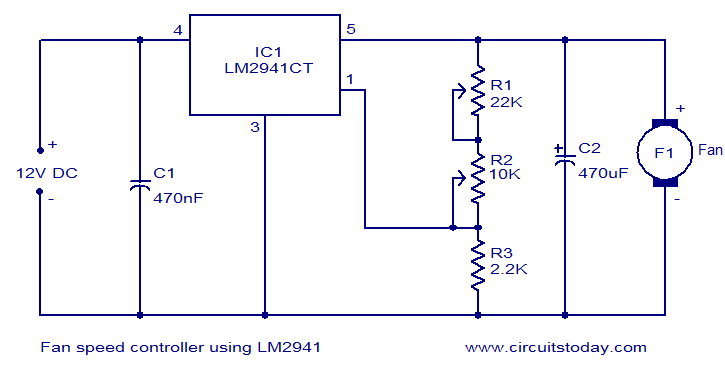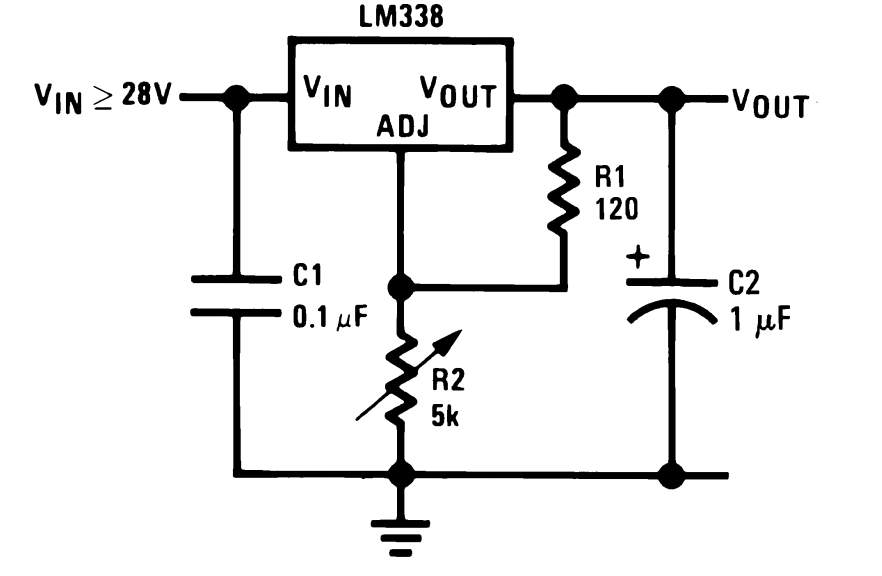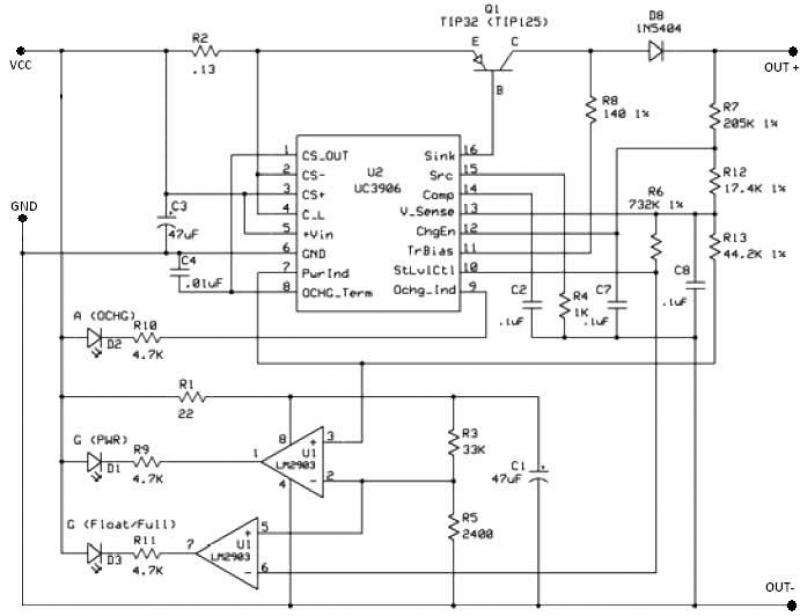
Third batch start and stop cycle control circuits
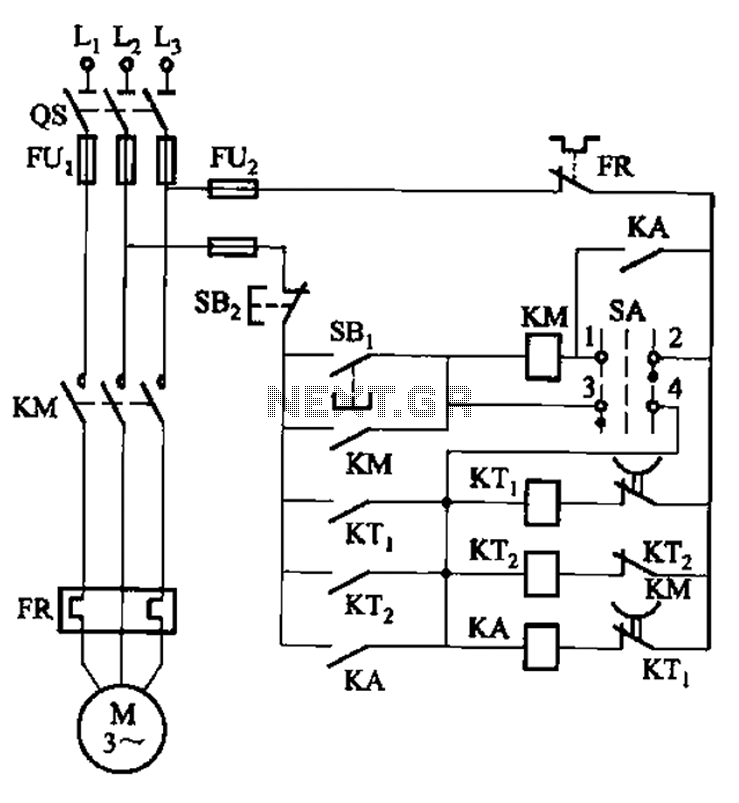
The circuit illustrated in Figure 3-78 utilizes two relays for automatic control, featuring a more complex line structure. This configuration allows for intermittent motor operation. Additionally, it can operate continuously when switch SA is positioned to the right.
The circuit employs two relays, which play a critical role in automating the motor control process. The first relay is responsible for initiating the motor operation, while the second relay manages the motor's intermittent running cycle. This dual-relay system enhances the circuit's functionality, allowing for various operational modes.
When the switch SA is placed in the right position, the circuit transitions to a continuous run mode. In this configuration, the motor receives a constant supply of power, enabling it to operate without interruption. The design of the circuit ensures that the relays can handle the necessary current and voltage levels while providing reliable operation over extended periods.
The use of relays adds a layer of safety and control, as they can isolate the motor circuit from the power supply when not in use, reducing the risk of electrical hazards. The automatic cycle run feature allows for efficient operation in applications where intermittent motor activity is required, such as in conveyor systems or automated machinery.
Overall, the circuit design is versatile, catering to both intermittent and continuous operation modes, making it suitable for various industrial applications. The careful selection of components and their arrangement ensures optimal performance and reliability in automatic control scenarios. Circuit shown in Figure 3-78. The time line also use two relays to achieve automatic control, but the line structure than simple. The line can be achieved intermittently motor automatic cycle run, it can run continuously (switch SA placed the figure to the right position).
The circuit employs two relays, which play a critical role in automating the motor control process. The first relay is responsible for initiating the motor operation, while the second relay manages the motor's intermittent running cycle. This dual-relay system enhances the circuit's functionality, allowing for various operational modes.
When the switch SA is placed in the right position, the circuit transitions to a continuous run mode. In this configuration, the motor receives a constant supply of power, enabling it to operate without interruption. The design of the circuit ensures that the relays can handle the necessary current and voltage levels while providing reliable operation over extended periods.
The use of relays adds a layer of safety and control, as they can isolate the motor circuit from the power supply when not in use, reducing the risk of electrical hazards. The automatic cycle run feature allows for efficient operation in applications where intermittent motor activity is required, such as in conveyor systems or automated machinery.
Overall, the circuit design is versatile, catering to both intermittent and continuous operation modes, making it suitable for various industrial applications. The careful selection of components and their arrangement ensures optimal performance and reliability in automatic control scenarios. Circuit shown in Figure 3-78. The time line also use two relays to achieve automatic control, but the line structure than simple. The line can be achieved intermittently motor automatic cycle run, it can run continuously (switch SA placed the figure to the right position).
